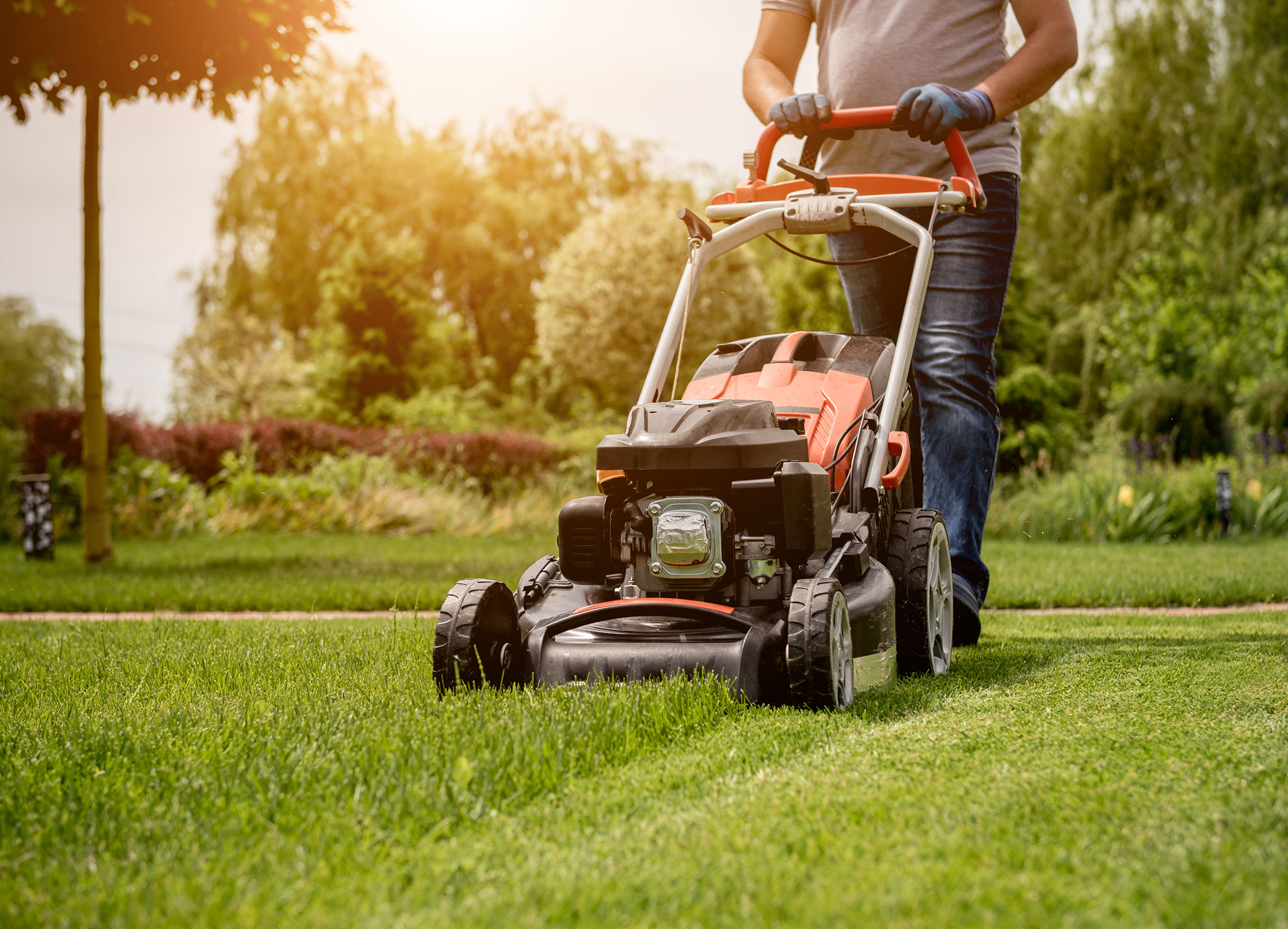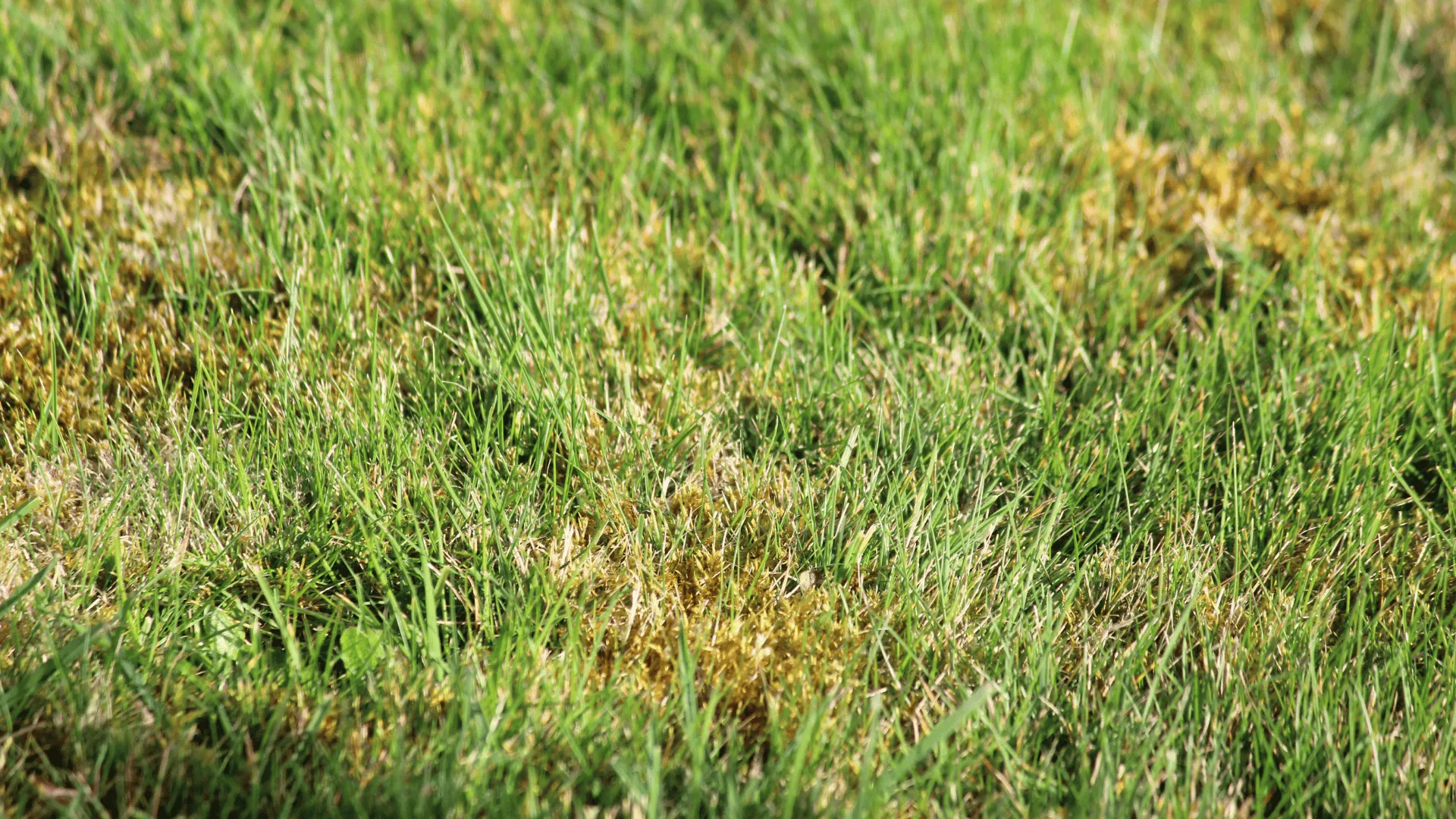No items found.
No items found.


All grass is not created equal. On the surface, every lawn type can appear green, luscious and inviting. That’s why when it comes to choosing the right turf for your own home patch it can feel confusing and overwhelming. But the thing is, there is one basic factor to consider when you choose lawn for your home.
Your climate. Because when it comes to grass, there are two types: cool season grass and warm season grass. Both types can make your backyard feel like an escape. But it’s important to honour their differences too. Each lawn type performs well in different weather conditions. So, before you inspect the blade contours or peek over the fence to see what your neighbour chose; read on to learn about the difference between these two grasses. It’ll help you understand how to choose the right turf for your place. Here’s the lowdown.
Cool season grass, is fitting for temperate and colder climates. This is because it can still grow and retain its green colour in cooler weather due to how it photosynthesises. In Australia, Tall Fescue is the most common cool season grass that can grow in southern parts of the country.
Cool season grass is characteristically green throughout cold winters. Whilst it can withstand heat and drought, cool season varieties can lose vitality during warmer weather. When it comes to tending to this turf, it requires regular watering and minimal mowing. It’s easy to manage as it grows in clumps that blend. This means it doesn’t invade garden beds or sneak over driveways in when you’re not looking.
Warm season grass requires less water to live. It thrives in the heat; bursting with growth in summer. This means that in winter it plateaus and can lose its colour. Warm season grass loves hot summers and mind winters. Buffalo, Kikuyu, and Couch are the warm season lawn types you’ll find across Australia.
Warm season grass relies on sunlight to produce chlorophyll to keep green. This means that during winter the grass can become dormant – losing its colour and growth. When the spring sunshine returns, warm season grass can renew its colour. Warm season grass flourishes. It spreads easily through above-ground runners (stolons or rhizones). Essentially, this means it needs limited watering but weekly mowing and edge maintenance.
Melbourne’s climate is famously unpredictable. Whilst it’s technically subtropical oceanic, if you live in Australia’s trendiest city you’ll know that the day can sizzle at forty degrees, then swing to windy and miserable in a second. In just one summer’s day. This is because Melbourne sits on the southern edge of mainland Australia. We can be hit by Antarctic winds from the south, hot desert winds from the north, and low-pressure systems from westerly winds throughout the year. In a nutshell, this means that Melburnians can experience warm summers, a pleasant spring, frosty winters – and a good dose of rain.
But this is just a general guide to Melbourne’s weather. When it comes to choosing a lawn for your own home patch, we encourage you to match your season grass to what makes sense for your place. If you are feeling confused or overwhelmed, do get in touch with our team to talk through your decision.
At HG Turf Group, we are passionate about helping you transform your own green space with the turf that is just right. For you.
At HG Turf Group, we know and grow exceptional premium turf for home lovers. In fact, we’ve been matchmaking homeowners with luscious lawns for 25 years. On our farms in country Victoria, we grow and harvest cool season grass like Tall Fescue, and warm season grasses like Prestige®️ Buffalo, Santa Ana Sports Couch and Kikuyu.
Talk to our team of turf experts today about how we can help you choose the right turf at home for your place.






